- World Population Review Newsletter
- Posts
- The Ancient Rituals Making a Modern Comeback
The Ancient Rituals Making a Modern Comeback
From forest walks to fermented foods, old wisdom is thriving again.
Greetings, curious mind in search of timeless truths,
Around the world, ancient rituals are making a modern comeback.
Not trends. Not nostalgia. But powerful, proven tools—rooted in tradition, backed by science, and more relevant than ever.
In this edition, discover how the old ways are helping people live better, longer, and more meaningfully.
Let’s begin.
Join 400,000+ executives and professionals who trust The AI Report for daily, practical AI updates.
Built for business—not engineers—this newsletter delivers expert prompts, real-world use cases, and decision-ready insights.
No hype. No jargon. Just results.
Japan has long held fast to its traditions—but many of its ancient practices are now being picked up worldwide. Consider shinrin-yoku (forest bathing), where simply walking mindfully among trees reduces stress hormones, boosts immunity, and even enhances creativity. It’s not mysticism—it’s medicine backed by data.
Fermentation, too, is integral to Japanese cuisine. Miso, natto, and tsukemono aren’t just flavorful—they're probiotic powerhouses. Studies link regular fermented food consumption with reduced inflammation and improved gut-brain health.
And then there’s hara hachi bu—the Okinawan practice of eating until you’re 80% full. This cultural habit is now being studied globally for its links to longevity and metabolic health.
🔍 Curious insight: Okinawa has one of the highest concentrations of centenarians on Earth, many of whom attribute their vitality to lifelong adherence to these three simple, ancient practices.
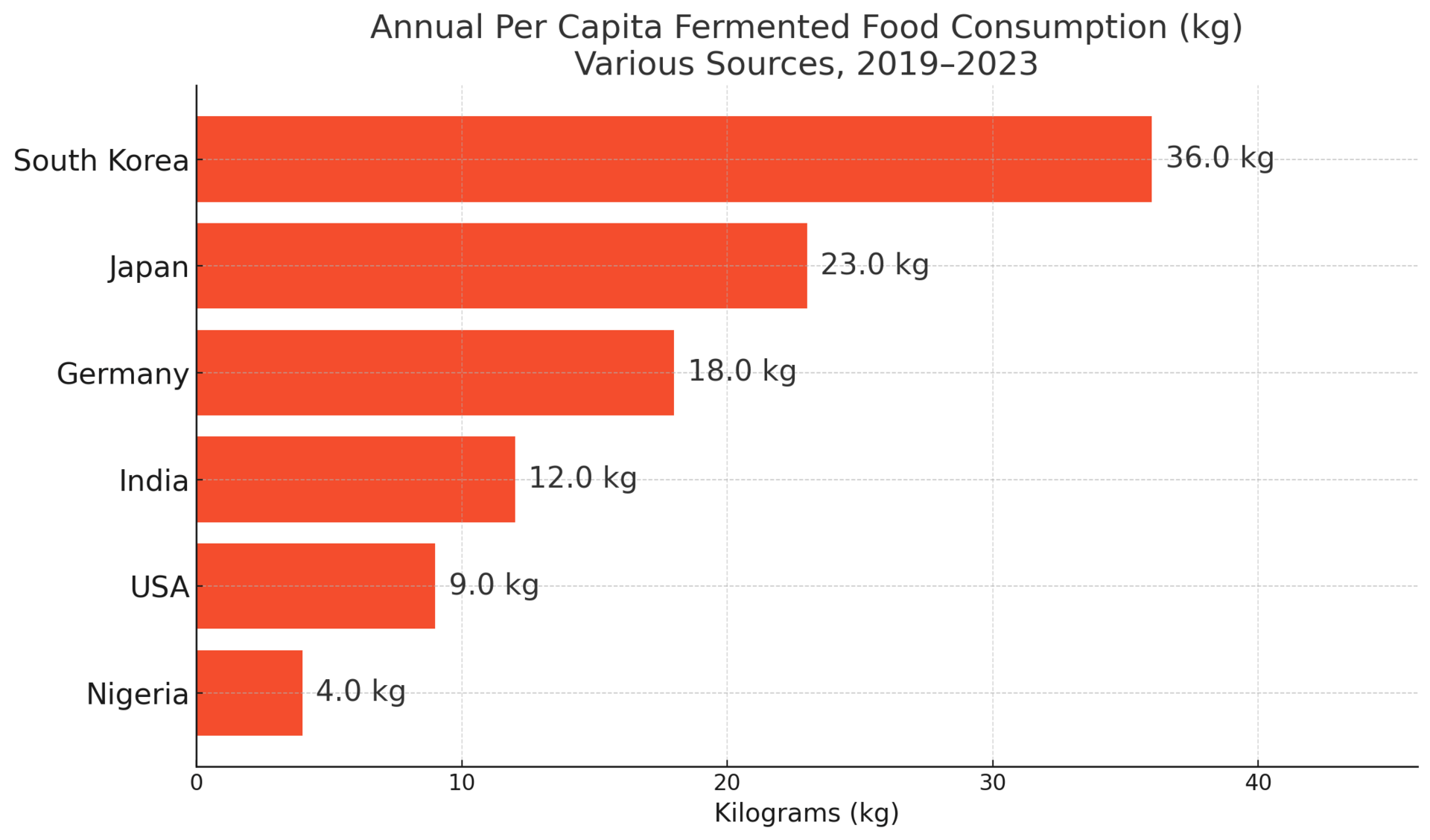
In Nordic countries, wellness often comes down to one word: contrast. The time-honored cycle of plunging into icy water and then sitting in steamy saunas is no fad—it’s a cultural cornerstone. And science is catching up.
Research shows that regular sauna use (four to seven times per week) is associated with a 50% reduction in risk of heart disease and dementia. Meanwhile, cold plunges spike norepinephrine, sharpen focus, and may even help reduce chronic inflammation.
Paired with their ancestral diets—rich in fatty fish, root vegetables, and whole grains—this region’s ritualized lifestyle is being studied for both its resilience-building and rejuvenating effects.
💡 Little-known tradition: In Finland, some still use vihta—a bundle of birch branches used to gently whip the skin in saunas, believed to stimulate circulation and release toxins.
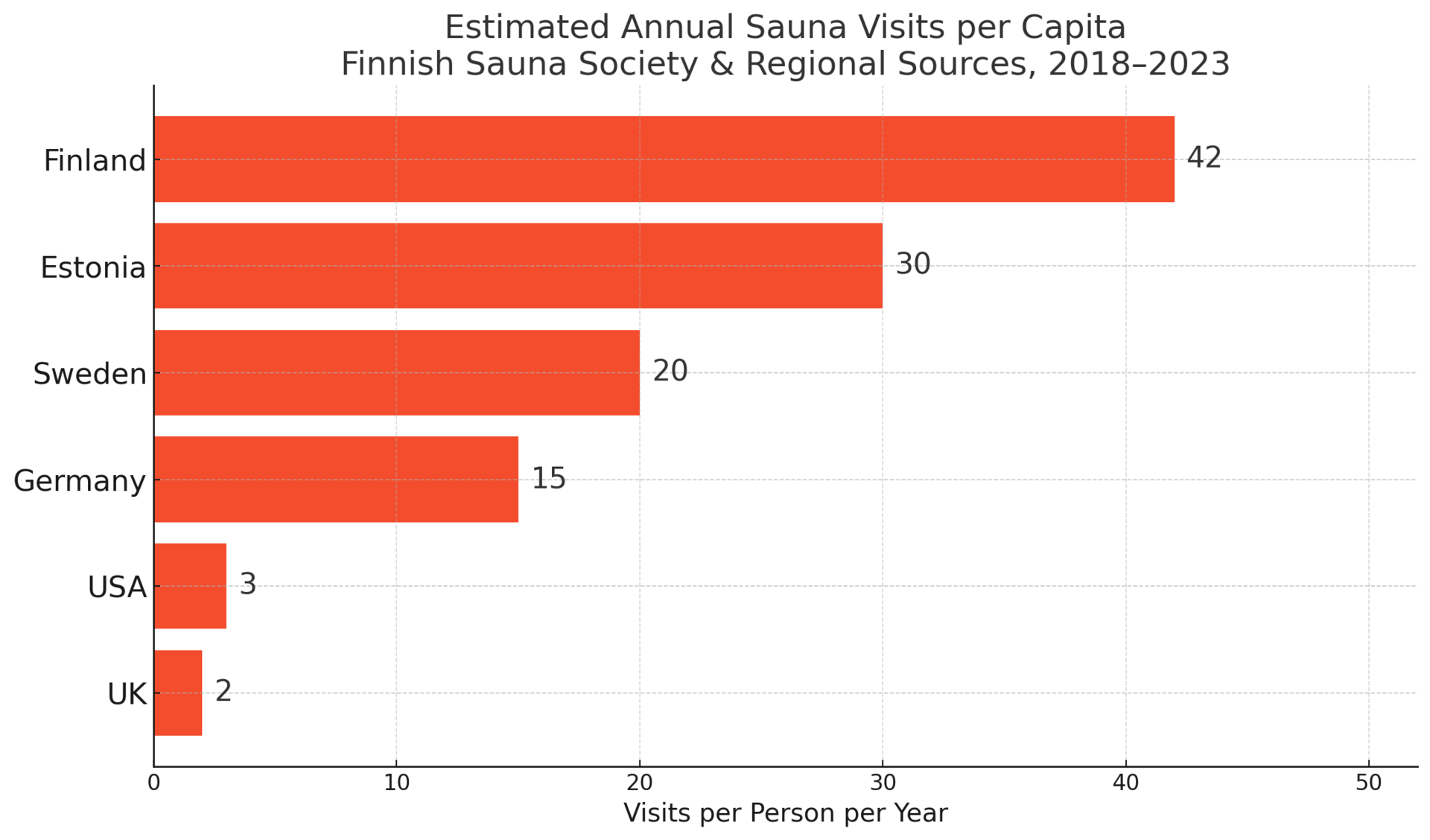
From the Andes to the Amazon, indigenous healing systems are gaining renewed attention. Once dismissed, they’re now drawing the interest of researchers, longevity seekers, and even global pharma companies.
In Peru and Colombia, ayahuasca ceremonies—once secretive—are now at the forefront of psychedelic-assisted therapy research, showing promise for treatment-resistant depression and PTSD. But it’s not just about psychoactive plants.
Lesser-known herbs like uña de gato (cat’s claw) and maca root are being re-evaluated for their anti-inflammatory, immune-boosting, and adaptogenic effects. Meanwhile, temazcal (sweat lodge ceremonies) are seeing a revival not only in Latin America but across wellness resorts worldwide.
🧪 Surprising resurgence: In Brazil, over 50% of the population still relies on traditional plant-based remedies as part of their primary healthcare—a model that blends folk medicine with modern care.
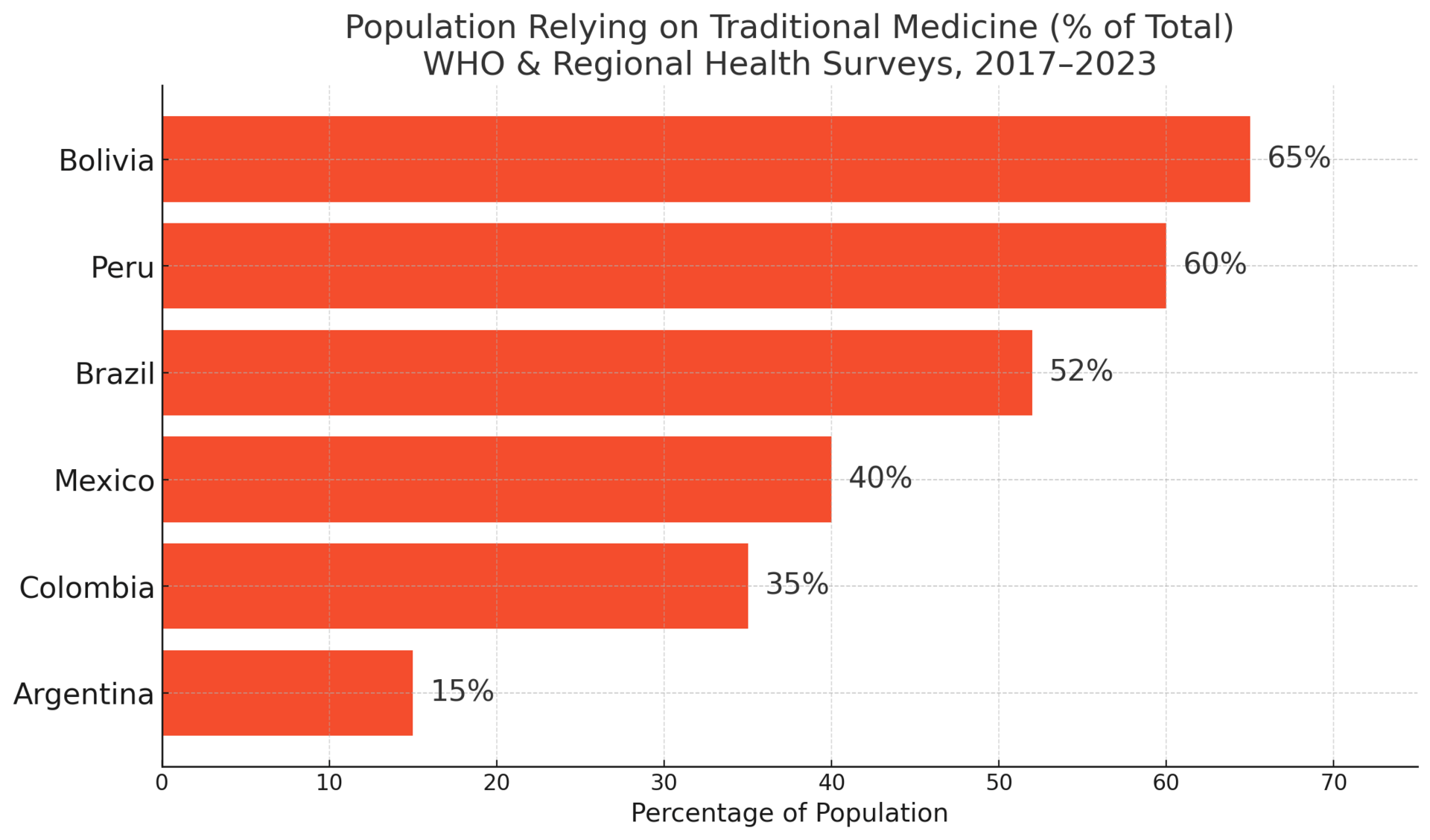
Ayurveda, the 5,000-year-old "science of life," is gaining popularity far beyond India’s borders. But in the country of its origin, a new generation is rediscovering it—not as folklore, but as a roadmap for preventive health.
From dinacharya (daily routines) to panchakarma (deep detoxification), these structured practices are finding their way into urban clinics and corporate wellness programs. Turmeric, ghee, and ashwagandha aren’t just trendy superfoods—they’re foundational elements of this ancient system.
Yoga, too, has shifted from spiritual export to national treasure. India now recognizes over 1,500 certified yoga schools, part of a growing movement to preserve—and scientifically validate—its own traditions.
🔎 Compelling twist: India’s Ministry of AYUSH (Ayurveda, Yoga, Unani, Siddha, and Homeopathy) was established in 2014, and by 2023 had grown into a $24 billion wellness industry.

AI You’ll Actually Understand
Cut through the noise. The AI Report makes AI clear, practical, and useful—without needing a technical background.
Join 400,000+ professionals mastering AI in minutes a day.
Stay informed. Stay ahead.
No fluff—just results.
In a country known for speed and efficiency, the pendulum is swinging. Americans are slowing down, and they’re looking backward to move forward.
Once viewed as fringe, ancestral practices like intermittent fasting, circadian-aligned eating, and primal movement (think barefoot walks and crawling patterns) are gaining popularity in wellness communities. The “ancestral health” movement now includes conferences, podcasts, and entire product ecosystems.
Even food is getting a ritual revival. Bone broth bars, sourdough bakeries, and fermented food co-ops are springing up nationwide. It’s less about nostalgia—and more about reclaiming health in an overstimulated world.
📈 Unexpected data: Google searches for "ancestral diet" have surged over 300% in the last five years, a sign that health-conscious Americans are turning to the past for answers.
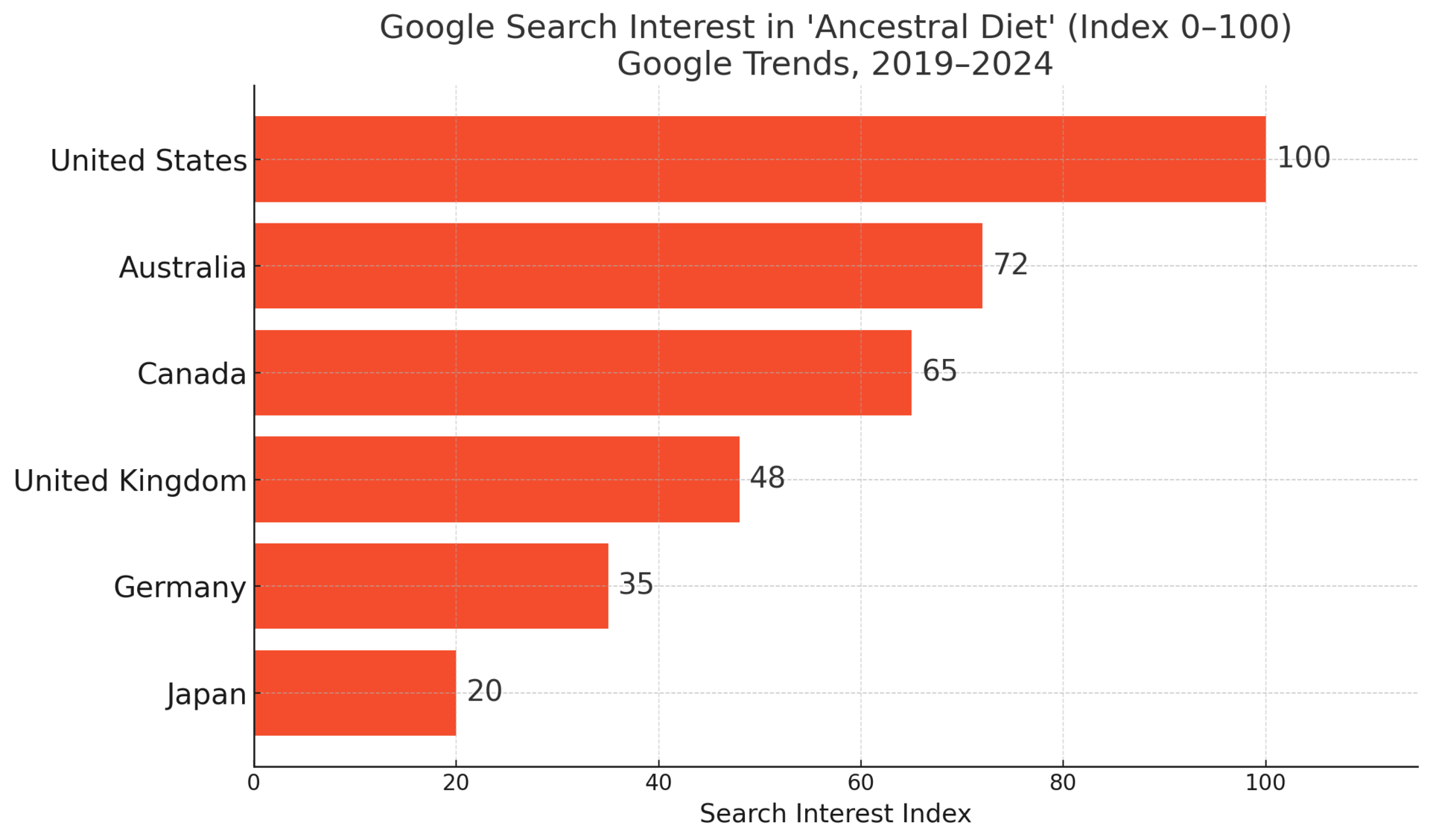
Across Africa, a quiet revival is underway. Traditional foodways, belief systems, and healing methods—long overshadowed by colonization and globalization—are being actively rediscovered and honored.
In Nigeria and Ghana, ancient grains like fonio and teff are making a comeback, praised for their nutritional density and climate resilience. Meanwhile, herbalists and spiritual healers—once marginalized—are reclaiming their roles as community caretakers.
There’s also a resurgent interest in Ubuntu, a philosophy of interconnectedness and shared humanity. In a world that’s increasingly atomized, this old idea may be the fresh insight people didn’t know they needed.
🌱 Did you know? The African Union has called for integration of traditional medicine into national health systems by 2030, a move that could reshape public health policy continent-wide.
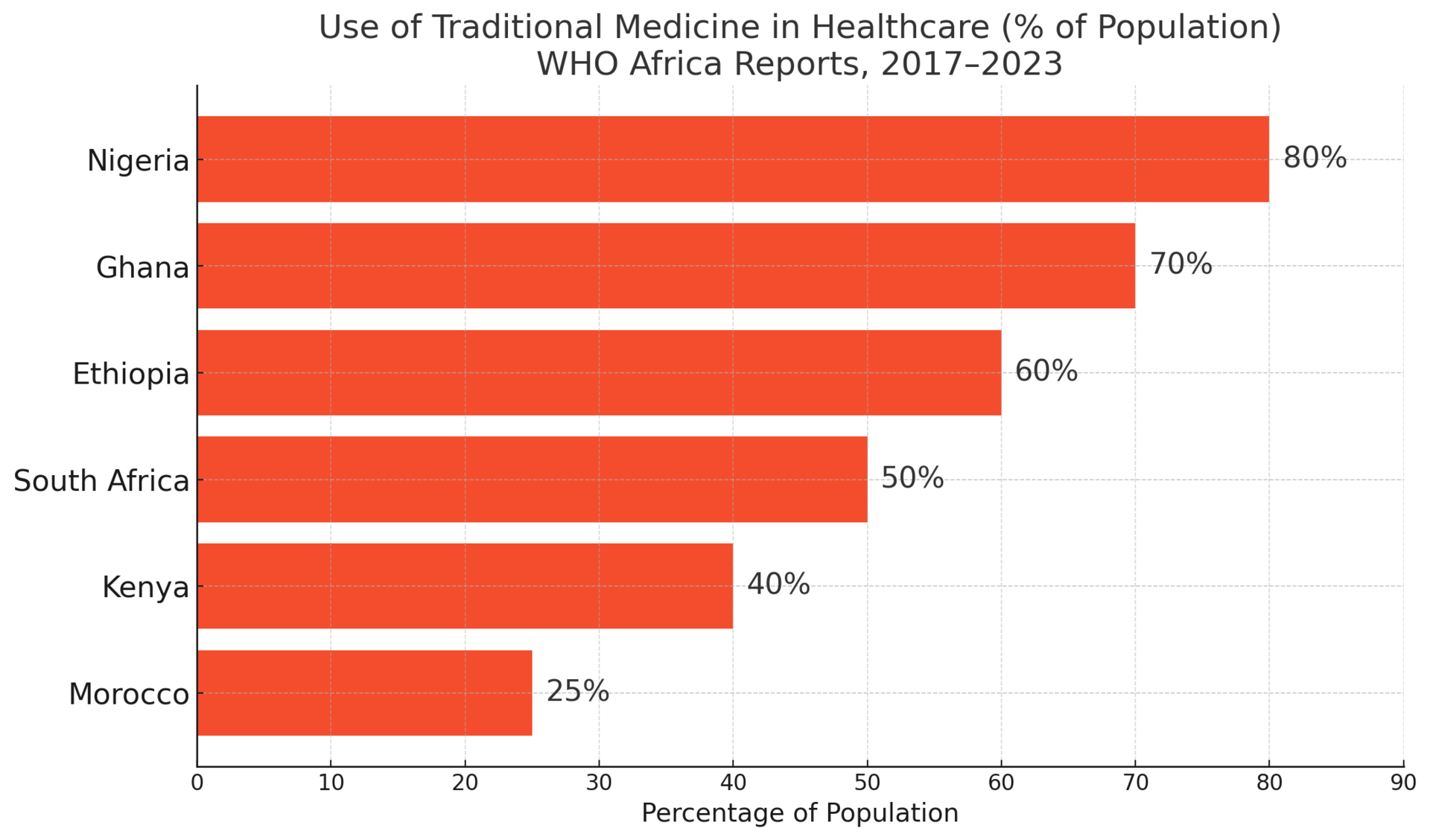
Beyond the pasta and wine lies a deeper truth: the Mediterranean lifestyle is, at its core, ritualized living. Meals are slow. Walks are daily. Rest is sacred. And the results are measurable.
Studies show that people in Sardinia, Ikaria, and Crete live longer not because of any single factor—but because of how they integrate daily habits with purpose and community. Fasting before religious holidays, afternoon naps (siestas), and family meals are all examples of time-tested rhythms that promote longevity.
Their diets—rich in olive oil, legumes, wild herbs, and fresh vegetables—aren’t “clean” because of trends. They are born from generational knowledge of what works and what heals.
🍷 Counterintuitive truth: Regular, moderate wine consumption—especially with meals and social connection—may reduce mortality risk. It’s not just what you drink, but how and with whom.
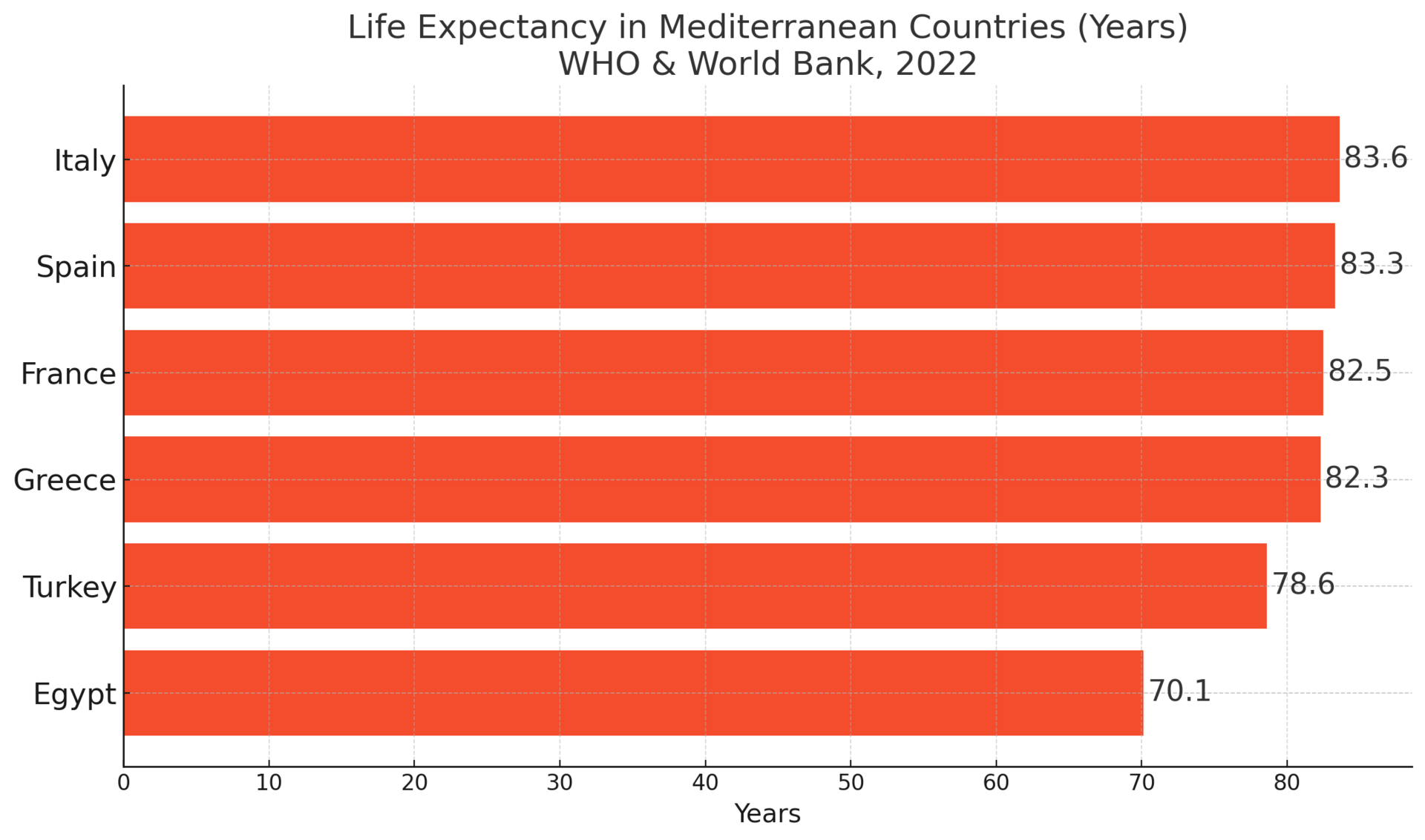
From Tokyo to Tuscany, people are turning back to what once worked—rituals rooted in rhythm, nature, and connection.
In an age of constant upgrades, the most powerful ones may still come from within.
Thanks for valuing insight over noise. May these timeless practices inspire not just your curiosity—but your choices.
Warm regards,
Shane Fulmer
Founder, WorldPopulationReview.com
P.S. Want to sponsor this newsletter? Reach 128,000+ global-minded readers — click here!


